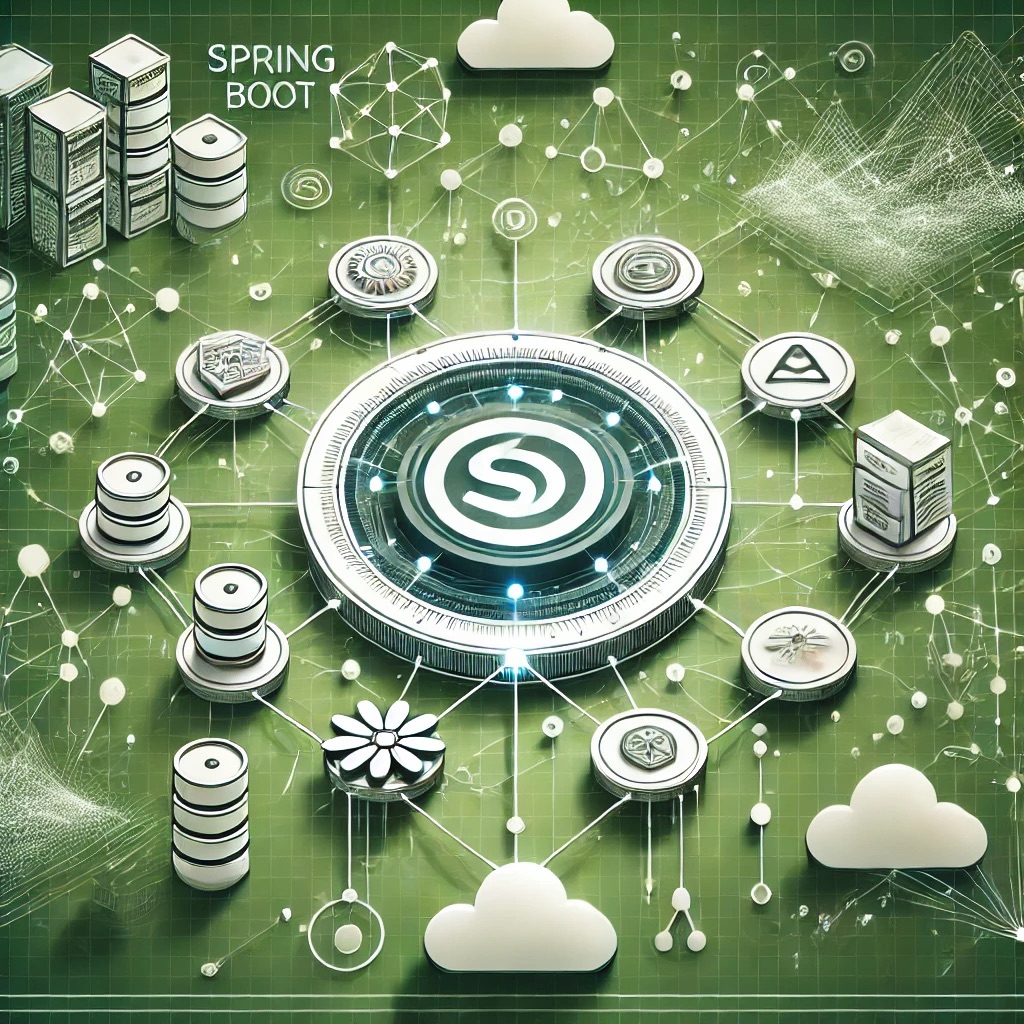Common Issues in Google Cloud AI Platform
AI Platform-related issues often stem from incorrect configurations, resource constraints, API authentication failures, and model deployment errors. Identifying and resolving these problems ensures smoother ML model execution.
Common Symptoms
- Model training jobs failing or taking too long.
- Errors during model deployment to AI Platform.
- API authentication and permission-related failures.
- Integration issues with Google Cloud Storage, BigQuery, or Vertex AI.
Root Causes and Architectural Implications
1. Model Training Failures
Training jobs may fail due to incorrect hyperparameters, missing dependencies, or resource limitations.
# Check training job logs for error details gcloud ai custom-jobs describe <job_id>
2. Slow Model Training
Training on inefficient machine types or processing large datasets can lead to performance bottlenecks.
# Use GPU or TPU instances for optimized performance gcloud ai custom-jobs create --region=us-central1 --machine-type=n1-standard-8 --accelerator=type=nvidia-tesla-t4,count=1
3. Model Deployment Errors
Deployment failures often occur due to incorrect model format, missing dependencies, or quota limits.
# View deployment logs for debugging gcloud ai endpoints describe <endpoint_id>
4. API Authentication Issues
Google Cloud authentication errors may prevent access to AI services.
# Verify authentication credentials gcloud auth list
5. Integration Failures with Google Cloud Services
Issues arise when connecting AI Platform with BigQuery, Cloud Storage, or Vertex AI.
# Test BigQuery dataset access gcloud bigquery datasets list --project <project_id>
Step-by-Step Troubleshooting Guide
Step 1: Debug Model Training Failures
View logs to identify reasons for training job failures.
# Retrieve job logs for debugging gcloud logging read "resource.type=ml_job AND resource.labels.job_id=<job_id>"
Step 2: Optimize Model Training Performance
Ensure the correct machine type and accelerators are used.
# Train model with GPU support gcloud ai custom-jobs create --machine-type=n1-standard-16 --accelerator=type=nvidia-tesla-k80,count=1
Step 3: Fix Deployment Errors
Check model format and ensure all dependencies are correctly packaged.
# List deployed models to verify status gcloud ai models list
Step 4: Resolve API Authentication Failures
Ensure API keys and IAM permissions are correctly configured.
# Check IAM roles for AI services gcloud projects get-iam-policy <project_id>
Step 5: Debug Integration Issues
Ensure all connected services are accessible and properly configured.
# Validate Cloud Storage bucket access gcloud storage buckets list --project <project_id>
Conclusion
Optimizing Google Cloud AI Platform involves ensuring correct configurations, efficient resource allocation, debugging authentication errors, and resolving integration issues with other cloud services. By following these best practices, users can deploy and scale machine learning models more efficiently.
FAQs
1. Why is my AI Platform training job failing?
Check the job logs for missing dependencies, resource limits, or incorrect hyperparameters.
2. How do I speed up model training?
Use GPUs or TPUs, optimize dataset preprocessing, and choose the right machine types.
3. Why is my model deployment failing?
Ensure the model is exported in the correct format and dependencies are properly packaged.
4. How do I fix API authentication errors?
Verify IAM roles, service account permissions, and authentication credentials.
5. How do I integrate AI Platform with other Google Cloud services?
Ensure correct access permissions and verify connectivity using Google Cloud CLI commands.



